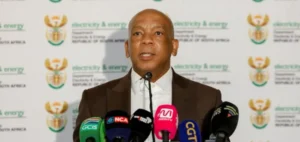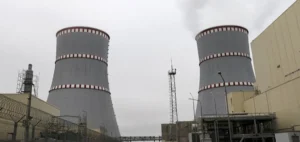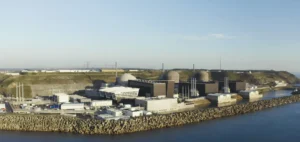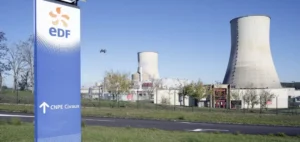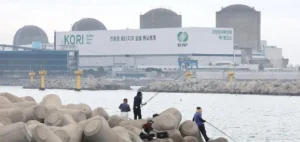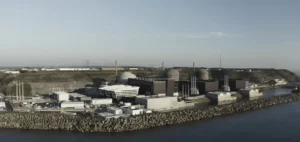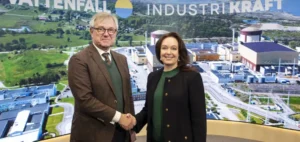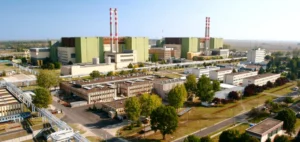Belgium is closing its first reactor on Friday as part of its nuclear phase-out plan, but the decision has raised doubts and controversy amid soaring energy prices and the war in Ukraine.
The operator Engie will shut down around 21:00 (19:00 GMT) one of the four reactors of the nuclear power plant of Doel, located in the port of Antwerp (north) on the Scheldt. It could produce alone up to 10% of the country’s electricity.
The disconnection of the 40-year-old Doel 3 reactor has been prepared for a long time. It is part of the Belgian nuclear phase-out plan approved in 2003, which originally called for the shutdown of the seven reactors that provide about half of the country’s needs by 2025.
As the deadline approaches, however, the federal government seems to be divided on the issue as rising energy costs put a strain on households and businesses.
In March, it had already reached a difficult agreement to extend two of the seven nuclear reactors until 2036. For the future, Belgium is not closing the door on new generation nuclear power.
But the Minister of the Interior, Annelies Verlinden (Flemish Christian Democrat), set off a firestorm last week by asking the Belgian nuclear safety authority (AFCN) whether it would be possible to postpone the dismantling of Doel 3 in the event that the reactor was to be restarted at a later date…
Echo to the German debate
The Green Deputy Prime Minister Petra De Sutter said she was “shocked” by this questioning of the timetable “a few days before the shutdown of operations”.
And Engie retaliated with a barrage. “The reactor will be shut down permanently and is not intended to restart,” a spokeswoman for the operator told AFP, stressing that she had not received any request from the government in this regard.
For its part, the AFCN has not officially closed any doors, but has replied to Ms. Verlinden that a “very late” decision to extend the reactor was “not a sign of good governance” and that it could “not guarantee that a late and unprepared scenario does not involve a risk to nuclear safety.
Pro-nuclear activists were to demonstrate in Doel in the morning to demand that the reactor be kept “in an operational state”.
In theory, a revival of the reactor would not be impossible. After the shutdown on Friday evening, preparatory work will last about five years before the dismantling of the reactor.
“No technically irreversible operations occur during this first phase,” acknowledged plant manager Peter Moens.
But he felt that a postponement or reversal of the process would be “neither wise nor advisable” for technical and operational reasons, citing in particular the lack of fuel and personnel.
The Belgian debate echoes that of Germany, where conservative and liberal politicians are calling for the extension of the country’s last three nuclear reactors beyond the end of 2022, when they are scheduled to be shut down.
For now, Berlin has simply agreed to keep two reactors on standby until the spring of 2023 to deal with possible emergencies.
In Belgium, the electricity transmission system operator Elia said it did not expect any supply risks from the “planned shutdown”.
“We have enough production capacity available to meet demand,” a spokesman told AFP.
The boom in renewable energy, solar and wind, including offshore, has enabled the country to achieve record exports in 2021. Gas-fired power plants accounted for a quarter of the energy mix.
Greenpeace claims that “the closure of Doel 3 does not pose any problem for the security of supply and has no significant impact on the price of electricity”.
However, the French-speaking liberals of the Mouvement Réformateur (MR) fear shortages.
“With the risk of a blackout in France this winter, with Germany leaving nuclear power but running out of gas, we know we’re going to have big problems,” warned former Energy Minister Marie-Christine Marghem.
She called for the repeal of the nuclear phase-out law which she considers “has been”.



